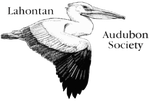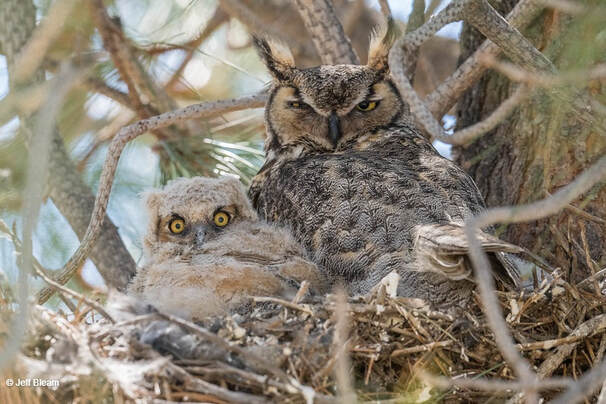|
One of the best ways to connect with the natural world around us is by observing birds and other wildlife. Bird watching and other outdoor activities can end up doing more harm than good, if not conducted with care and consideration. As birders, we need to consider the potential negative impacts caused by human disturbance. Lahontan Audubon Society recommends always putting the welfare of the birds first and following the American Birding Association’s Code of Birding Ethics. Give birds plenty of space
Tread lightly
Obey local laws and restrictions
Take extra caution around sensitive or endangered species
Be considerate of other people
Ethical wildlife photography
Want to read more about ethical birding?“Audubon’s Guide to Ethical Bird Photography and Videography” from National Audubon Society “Do’s and Don’ts of Nest Photography” from National Audubon Society “Why You Shouldn't Feed or Bait Owls” from National Audubon Society “The Proper Use of Playback in Birding” by David Allen Sibley Written by Olivia Sembach
|
topics
All
Archives
July 2024
|



 RSS Feed
RSS Feed